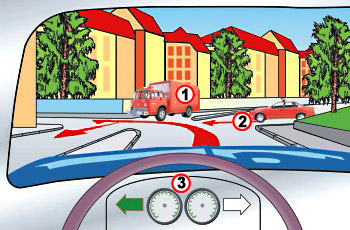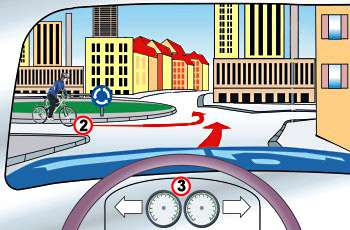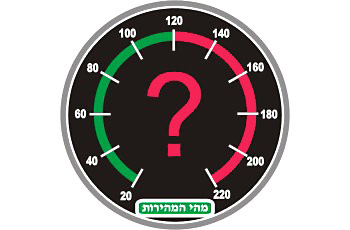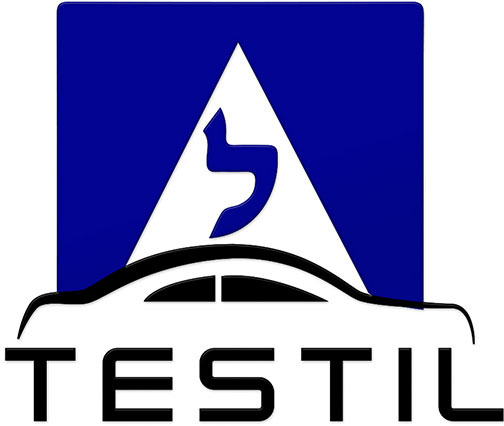Question:1
What is a “breathalyzer test”?
Category : Rules and Regulations
Question:2
Is it permitted to stand a vehicle less than twelve meters from a junction?
Category : Rules and Regulations
Question:3
When is it permitted to park on the left side of the road?
Category : Rules and Regulations
Question:4
Is it permitted to get on or off a moving vehicle?
Category : Rules and Regulations
Question:5
How should drivers conduct themselves while driving opposite one another in a narrow and flat road?
Category : Rules and Regulations
Question:6
You are driving vehicle no. 3 before an intersection without traffic signs. According to the rules of giving right-of-way, in what order should vehicles that arrived at the same time enter the intersection?

Category : Rules and Regulations
Question:7
How is a driver required to conduct himself when approaching schools or playgrounds?
Category : Rules and Regulations
Question:8
When are you obliged to signal before moving out of your lane for the purpose of overtaking?
Category : Rules and Regulations
Question:9
When is it prohibited to stop or park a vehicle?
Category : Rules and Regulations
Question:10
When a vehicle is disqualified from use on the road:
Category : Rules and Regulations
Question:11
Define “built dividing area”:
Category : Rules and Regulations
Question:12
Do you (vehicle no. 3) have to give right-of-way to the cyclist (2) in the roundabout?

Category : Rules and Regulations
Question:13
What is a driver obliged to do when an emergency vehicle on duty appears behind him?
Category : Rules and Regulations
Question:14
What is the maximum permitted speed for driving an all-terrain vehicle?

Category : Rules and Regulations
Question:15
How should you conduct yourself at an exit from a premises or from an access road to a house, when you are about to enter or cross the road?
Category : Rules and Regulations
Question:16
How are you required to conduct yourself when a traffic light displays a green light but the intersection is blocked by vehicles?
Category : Rules and Regulations
Question:17
Under what conditions can a person be denied the right to obtain or renew his driver’s license?
Category : Rules and Regulations
Question:18
Is it obligatory to wear safety belts in a utility vehicle?
Category : Rules and Regulations
Question:19
How should you behave when leaving a private yard a petrol station or an entrance to a properity or a house ?
Category : Rules and Regulations
Question:20
What is the legal definition of “lighting up time”
Category : Rules and Regulations
Question:21
A policeman may stop a vehicle and have it checked:
Category : Rules and Regulations
Question:22
How is the term “lighting up time” defined by law?
Category : Rules and Regulations
Question:23
When is it forbidden for a person to drive any type of vehicle?
Category : Rules and Regulations
Question:24
Is a vehicle driver allowed to exceed the speed limit while overtaking?
Category : Rules and Regulations
Question:25
When are we not obligated to drive a private passenger car in the right lane?
Category : Rules and Regulations
Question:26
Is it permitted to make changes in the vehicle’s design or type?
Category : Rules and Regulations
Question:27
What is the minimum distance that it is permitted to park near a fire hydrant?
Category : Rules and Regulations
Question:28
What is the minimum age requirement for obtaining a Class 1 license?
Category : Rules and Regulations
Question:29
Should every road user obey the traffic signs?
Category : Rules and Regulations
Question:30
What gap should be maintained from the vehicle that is driving in front of us?
Category : Rules and Regulations

